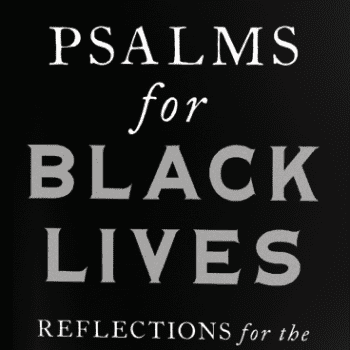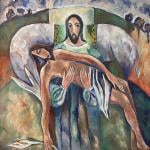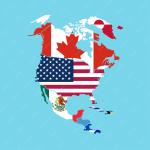
By Tyler Sit, Church planter of New City Church
Over the next 12 months, the Forum for Theological Education is spotlighting 12 leaders, their stories, and how their passion and call to shape a more hopeful future through Christian ministry guides the impact they are making in their communities, institutions and universities. You can find the complete series, here.
Environmental justice has everything to do with Jesus, and that is why we are planting a church.
To explain, let’s walk down Lake Street. To the right: Mexican taquerías, a halal butchery, and murals of a thousand colors. To the left: the Family Dollar and a banquet hall where families splurge on quinceañera celebrations. The people are black and white, Latino and Native, and all of them are that certain brand of Minnesota Nice that comes from living in Minneapolis.
You’ll also notice microbreweries. Artisanal bakeries. New condominium buildings. New folks are moving in, and they are almost entirely white. Gentrification is firing its warning shots, and they do not go unnoticed by my neighbors.
Certainly nobody minds the benefits that come with gentrification, such as extra lights illuminating the street or the influx of community events. However, for my church plant—New City Church—our focus isn’t on whether gentrification is right or wrong, but rather, how we can live out the Gospel when some of our neighbors can’t afford to live here anymore.
The answer has everything to do with environmental justice, which has everything to do with Jesus.
See, since I was a child the church and the outdoors were always in sacred dialogue with each other. My call to ministry stemmed largely from the sacred encounters I have had during camping, farming or exploring, and church planting in an urban area came from a vision to make sure that everyone has a relationship to the earth, to God’s first temple of Creation. So, once I moved to Lake Street, I started calling my church plant an “EcoChurch”—a cute concise name, I thought—until I conducted a focus group with my African American friends who told me “EcoChurch” sounded expensive, like a toilet bowl cleaner that costs more but cleans just the same.
So, I ditched the EcoChurch, and started listening a little harder to the community. As much as I wanted to talk about our changing climate, my neighbors wanted to talk about something else: our changing neighborhood. For decades, the black and Mexican families in my neighborhood have been organizing and fighting for things that would make their neighborhood more livable: shutting down a factory that gave kids asthma, starting community gardens, getting bike lanes and so forth. All of these things were good for the planet, not just the neighborhood, and that’s not a coincidence.
These families were so successful at beautifying the neighborhood that now lots of people want to live here, and many of them are whiter and more affluent. The very same people who made our neighborhood wonderful are now being kicked to cheaper areas that are, to no surprise, toxic and crime-ridden.
The message I hear time and again: “I guess I am too poor to live in a safe and green neighborhood.”
Jesus didn’t tell us to choose our neighbors, he told us to love our neighbors. Again and again, whether it was with bread or with taxes, Jesus showed that we can live in abundance because that’s how God made us.
This is why Jesus has everything to do with environmental justice.
In Revelation 21, we read a description of the city of God coming down to earth, where all tribes are welcomed in, the whole earth is renewed, and there is no more violence. In the resurrected Jesus we find abundant life; without grace, we default to a scarcity mindset. Which, across the U.S., often means people of color get kicked out of the neighborhood. However, when we practice love (God) in community (church), different things happen (city of God).
That is why we—myself and some rugged ministers—are planting New City Church. We believe that Jesus frees us to create communities that can both heal the earth and disrupt the racist and classist patterns of our cities.
We can’t create this type of change single-handedly, nor would we want to. We have the hardy support of The United Methodist Church, and partner regularly with community organizations. Our commitment is to bring together a community that invites people to an inward experience of wholeness and an outward expression of social justice. The New City begins with a new heart, a new family, and a new neighborhood.
In Jesus Christ we find life abundant in our hearts and in our souls, in our streets and in our societies. New City Church is a bold step to live into that extravagant calling: to build a New City that embraces environmental justice. And that has everything to do with Jesus. Perhaps that’s why it is called church planting.













